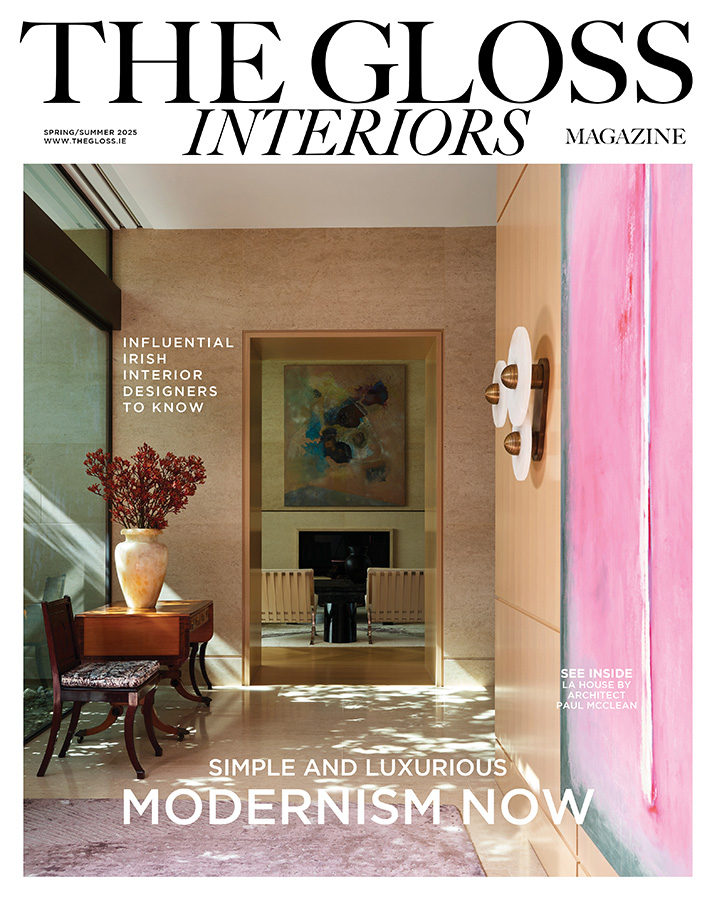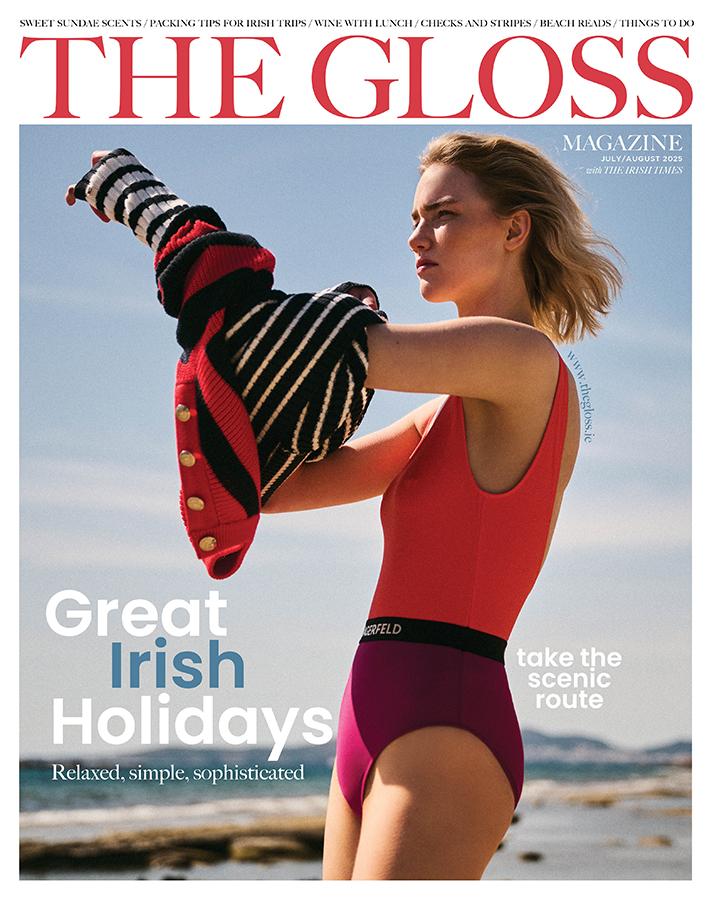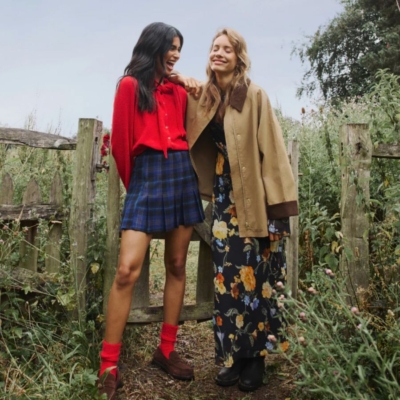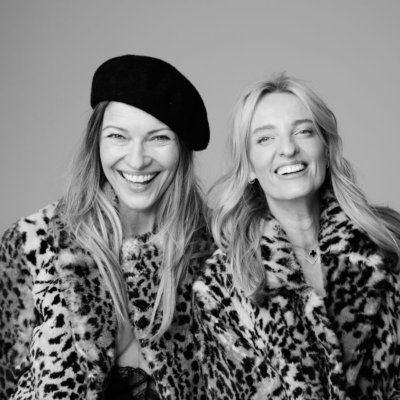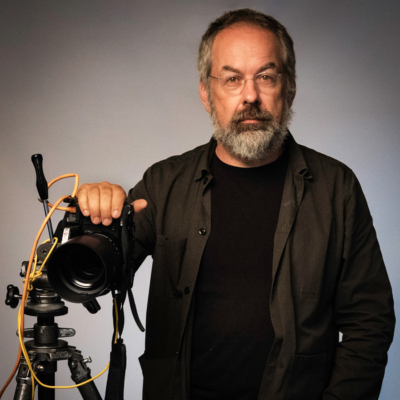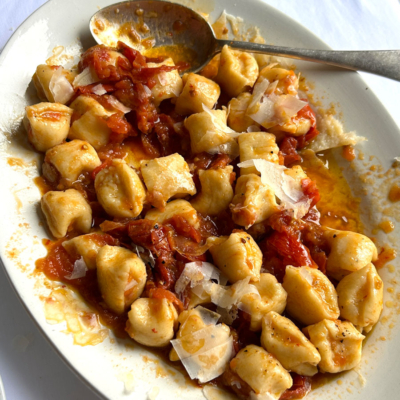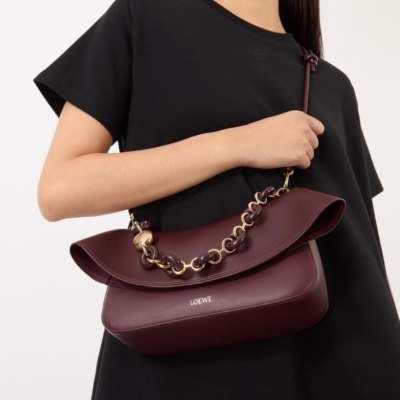Forget the bodycon look adopted by women in the Trump White House. The balance of power-dressing has shifted to the Continent, where a coterie of elegant Eurocrats is showing it’s possible to rule the roost with understated style, says PENNY McCORMICK …
Eurocrat women in the seat of power look comfortable in control. They soothe irascible opponents with calm confidence, sail calmly through intense interviews and announce new plans – pivoting between one or more fluent learned languages to mother tongue – with ease. From committee to conference, female Eurocrats signal capability, strength and civility yet manage to express character and personality. To fail to do so might lose you a vote.
European politics has never been about showmanship, even less so, celebrity. The formula: the clever and quiet but capable win elections, and the tough, clear and unfaltering remain in power. Presentation is everything to the Eurocrats – and polish suggests power. No flash, no goofy quirks, and no messy hairstyles. No style statements, and no cultural references. A clean, streamlined, upmarket look wins big.
To some that may sound (and look) a tad frumpy, for European women it’s part of an innate social etiquette – to avoid standing out too much from the crowd. When applied to politics, this low-key savoir faire is neither contrived, nor calculated. Yet it is quietly alluring.
It’s also important, in a position of power, to point to your personhood. A small style cue that highlights a Eurocrat’s femininity, youth, patriotism, family, or character could be the difference between a failed campaign and an elected position. Eurocrats know how to express their personality with subtlety and style.
Understated make-up and low maintenance hairstyle are priorities, especially as politicians rarely have access to “glam squads” as they flit between press conferences. Margaret Atwood was so right when she said, “Politics is hell in general, but I think it’s probably double hell for women because not only do you have to have a position, you have to have a hairstyle.” No-one demonstrates this better than URSULA VON DER LEYEN, the first female head of the European Commission whose trademark sideswept hairstyle has earned her the nickname “the Hitchcock blonde”.
In ANGELA MERKEL’s time as German Chancellor, she has watched five UK prime ministers, four French presidents, seven Italian prime ministers and four US commander-in-chiefs come and go. Merkel may not be anyone’s idea of an international style icon, but she is the undisputed Queen of Europe, now often referred to as “Mutti” (mother). The Merkel method of leadership and the Merkel method of dressing are indivisible in purpose – zero spirit, but zero surprises.
She knows the German populace react well to reliability, and so, reliability she serves. Her signature look is for three-button blazers, worn with trousers, often made by German designer Bettina Schoenbach, in a huge range of colours. Dutch graphic designer Noortje van Eekelen has created a Pantone chart of Merkel’s jackets. From black to beige, it runs to an impressive 90 shades. Merkel’s style, like her politics, is pragmatic, the embodiment of Coco Chanel’s belief, “Modesty, such elegance.” Often forgotten, Chanel’s greatest contribution to fashion was to make clothes comfortable and elegant for working women. Merkel’s understated, dependable dress sense is the antithesis of the flashy Florida bodycon look adopted by the women of Trump’s cabinet, and it has stood the test of time admirably.
When Merkel finally hangs up her jackets later this year (she is not standing for re-election), her legacy will have been to pave the way for a new type of female leader. Corinna Hoerst, senior fellow and deputy director at the German Marshall Fund in Brussels, says of Merkel: “She exudes empathy, stability and reliability. That’s unique and it has redefined, in some ways, what people are looking for in a leader, because it’s so opposed to any of the sort of male stereotypes that we had.”
One of Merkel’s greatest allies (they text everyday) is the multilingual, well-coiffed and well-heeled von der Leyen, appointed President of the European Commission – to some surprise – in 2019. Her nomination as a compromise candidate was unexpected but she took to control smoothly and with approval from all sides. A master of many trades, she studied economics at the London School of Economics and then became a fully trained medical doctor before going into politics.
Merkel brought fellow German von der Leyen into her first government cabinet in 2005 to serve as Family and Women’s Affairs Minister; afterwards, she moved on to the department of Labour and then Defence, becoming Merkel’s longest-standing cabinet member in the process. Guarding and attending the interests of the Commission would come as second nature to master-juggler von der Leyen, a mother of seven.
Von der Leyen has a preference for shorter, waisted blazers (more Hugo Boss Red than Jil Sander), which show off her enviable figure, honed by her passion for horse-riding. Favourite accessories are pearl stud earrings and Ferragamo-style patent shoes. When under pressure – particularly during the recent debacle over Article 16 – she opted for more colour. It’s a tactic she uses with aplomb. In the past, she has livened up sleek velvet jackets with eye-catching skirts, donning dresses on occasion, always pastel, flattering her flawless complexion. While her reputation may have been somewhat tarnished recently, it looks like Frau von der Leyen will weather the storm and come out the other side with her dignity – and style – intact.

Mette Frederiksen
While the Commission President might turn up the colour in a crisis, other Eurocrats choose to democratise their self-presentation. Take Denmark’s METTE FREDERIKSEN, at 43, the country’s youngest ever prime minister. While addressing the media during a visit to a mink farm, following the culling of 17m minks to prevent the spread of coronavirus, Fredriksen greeted broadcasters and reporters in a simple khaki parka, with her hair tied in a daytime ponytail. As she apologised to the Danish mink farmers, she was overcome by tears and let them flow. In a moment that might signal the demise of a Eurocrat career years ago, she actually won respect in Denmark for her expression of empathy without condescension. The parka and ponytail – though pedestrian choices – highlighted her awareness of the circumstances and spoke to voters.
Frederiksen’s wedding last summer to long-term partner, film director Bo Tengberg, was postponed four times, eventually being brought forward so she could attend an EU Council meeting. She wore an elegant boat-neck dress and simple veil beneath her trademark no-fuss chignon. Her discreet style and bearing is in complete contrast to the former PM of Denmark (2011-2015) HELLE THORNING-SCHMIDT. Remember when Thorning-Schmidt posed for a selfie with Barack Obama and David Cameron at Nelson Mandela’s funeral? When she visited Libya, the striking Thorning-Schmidt wore a camouflage jacket, stilettos and red Gucci bag prompting the headlines “Helle Took Her Bag To War”, and was subsequently renamed “Gucci Helle”. While Thorning-Schmidt has retired from Danish politics, her name regularly crops up in Brussels as one of the front-runners to head the Council or the Commission. If she succeeds in these elections, expect to see her flamboyant style (and penchant for snakeskin) once more in the spotlight.

Katrín Jakobsdóttir
KATRÍN JAKOBSDÓTTIR, 45, has been the prime minister of Iceland since 2017, succeeding JOHANNA SIGURDARDOTTIR (Iceland’s first female prime minister). She’s an environmentalist whose progressive policies (she believes in wellbeing economies), aimed at closing the wage gap and achieving carbon neutrality, are a lesson in ethical leadership. Her style is all about uncontrived sophistication. It’s also recognisably Nordic, featuring clean lines, dark basics and pops of primary colour. She’s worn a cropped sweater with a drapey midi skirt and heeled oxfords to press conferences, though is not immune to the charm of a LBD and red lip. Her equanimity during a 5.5 magnitude earthquake during a web interview with The Washington Post went viral. She was recently appointed Chair of the Council of Women World Leaders.

Sophie Wilmès
SOPHIE WILMÈS, 45, is the first woman to be prime minister in Belgium’s 189-year history. She is now Minister of Foreign Affairs and Deputy Prime Minister, and has also held the positions of Belgium’s minister of budget, civil service, national lottery and scientific policy. A good all-rounder (and mother of four) Wilmès says of her profession: “My political and career choices have always been inspired by a desire to work for the benefit of the community. As someone whose husband is Australian and whose children are being educated in Dutch, I very much cherish linguistic and cultural diversity as one of Belgium’s great assets.”
Fashion, too, is one of Belgium’s greatest assets (and exports), with designers from Dries van Noten to Ann Demeulemeester and Raf Simons leading the way. The lithe Wilmès favours a conservative approach to daywear, often wearing the classic combination of a white shirt under a dark tailored suit by Oliver Strelli.
More flamboyant in style than Wilmès is her older colleague MARIANNE THYSSEN, 64, leader of the Flemish Christian Democrat party. Thyssen is a familiar face in the European Parliament where she has been an MP for 20 years. Thyssen’s style is age appropriate – very much channelling that of CHRISTINE LAGARDE, 65, President of the European Central Bank, or KARIN KELLER-SUTTER, 57, Swiss Federal Council Member and Head of Federal Department of Justice and Police. Both wear elegant pieces, from neutral pencil skirts to jewel-tone, figure-flattering dresses.
Keller-Sutter’s mission is tackling domestic violence in her native Switzerland. She manages to keep her private life under the radar – no mean feat when in the public eye. She has professed a love of punk music, Picasso (also the name of her dog) and Margaret Thatcher, a role model and style icon. Her demeanour seems far removed from that of the “Iron lady” however.

Maia Sandu
Harvard-educated MAIA SANDU, 48, founder and president of the pro-European Party of Action and Solidarity, is Moldova’s first female prime minister. Sworn in wearing a demure grey midi dress, she pledged to end Moldova’s divisions and step up the fight against corruption, which has long been a problem in the former Soviet state. Sandu also took on a country ravaged by coronavirus – in per capita terms Moldova has had one of the worst outbreaks in Europe. The country is still waiting for funding from the International Monetary Fund, the European Union and Russia. Sandu, who previously worked for the World Bank, is likely to speed up this process. The petite brunette exudes a fragile femininity, favouring pastel colours with her hair worn in a neat “lob” (long bob). One of her style signifiers is a yellow scarf, which Sandu often wears as a reference to the Moldovan flag.
When Finnish PM SANNA MARIN, 34, appeared on the cover of local fashion magazine Trendi wearing a black blazer with a plunging neckline – and nothing underneath, a social media storm ensued. When the furore erupted, she said she wanted “to concentrate on policies not appearance.” She is loyal to Finnish brands and has worn practical styles by Marimekko, Papu, Nouk and Uhana. For her wedding last summer, to partner Markus Räikkönen, her long-sleeved satin gown with floating veil by Anniruth had a vintage vibe. It was a departure from her usual look: sleek, glossy hair, feline flicks and slim-fit trouser suits (worn with heels).
Marin is the youngest serving prime minister in the world and, equally impressive, all five parties in her coalition government are now led by women. Brought up in the southern city of Tampere in a same-sex household with her mother and her female partner, she has said: “My background influenced how I see society, how I see equality between people,” she has said. “But it’s not because I’m from a rainbow family that I’m in politics. I’m in politics because I thought that the older generation wasn’t doing enough about the big issues of the future. I needed to act.” Climate change is a central pillar of her agenda – she has pledged that Finland will become carbon-neutral by 2035. She’s also (controversially) pro-refugee, and favours a four-day working week.

AMÉLIE DE MONTCHALIN, French secretary of state
The small Baltic country of Estonia, with 1.3 million inhabitants, elected 43-year-old competition law attorney KAJA KALLAS as PM in January. Kallas’ mother, Siim, served as the 14th Prime Minister of Estonia and was later a European Commissioner, while her grandfather was Eduard Alver, one of the founders of the Republic of Estonia and its first chief of police. Kallas, a former MEP, has vowed to restore the country’s good name. Her policies also extend to ending public funding of the fossil fuel industry – and she has also promised to close its last shale oil power plant by 2035 and to stop drilling by 2040. Kallas has already appointed women to the senior posts in her cabinet from finance to foreign policy, while Estonia also has a female president, KERSTI KALJULAID, who has held the job since 2016. Kallas has been profiled in local women’s magazine Anne & Style, where she revealed a modern, minimalist dress sense. No doubt she is a patron of Marimo – one of the emerging fashion brands cementing Estonia’s fashion credentials on the international stage.
Flying the Irish flag in Europe is a trio of high achievers including MAIREAD MCGUINNESS, 61, who has served as the European Commissioner for Financial Stability, Financial Services and the Capital Markets since 2020. Former journalist, EMILY O’REILLY, 63, serves as European ombudsman – the EU’s top citizen watchdog. She’s been pushing for gender balance within her own office. Current Minister for Justice HELEN MC ENTEE, 34, was Minister of State for European Affairs from 2017 to 2020 and was appointed one of six ministers in charge of EU affairs, and was appointed as Vice-President of the European People’s Party. All three favour classic shift dresses and soft structured jackets, the forte of designers such as Helen McAlinden and Louise Kennedy.
On International Women’s Day, let’s celebrate the collective achievements of these impressive politicians (and endorse this year’s theme #ChooseToChallenge). Professional, polished and purposeful, they are worthy role models for young women, who might once have been put off politics as a career. They have stepped into power without expending undue effort on wardrobe choices or downplaying their femininity. Or, in other words: “Modesty, such elegance.”
LOVETHEGLOSS.IE?
Sign up to our MAILING LIST now for a roundup of the latest fashion, beauty, interiors and entertaining news from THE GLOSS MAGAZINE’s daily dispatches.



